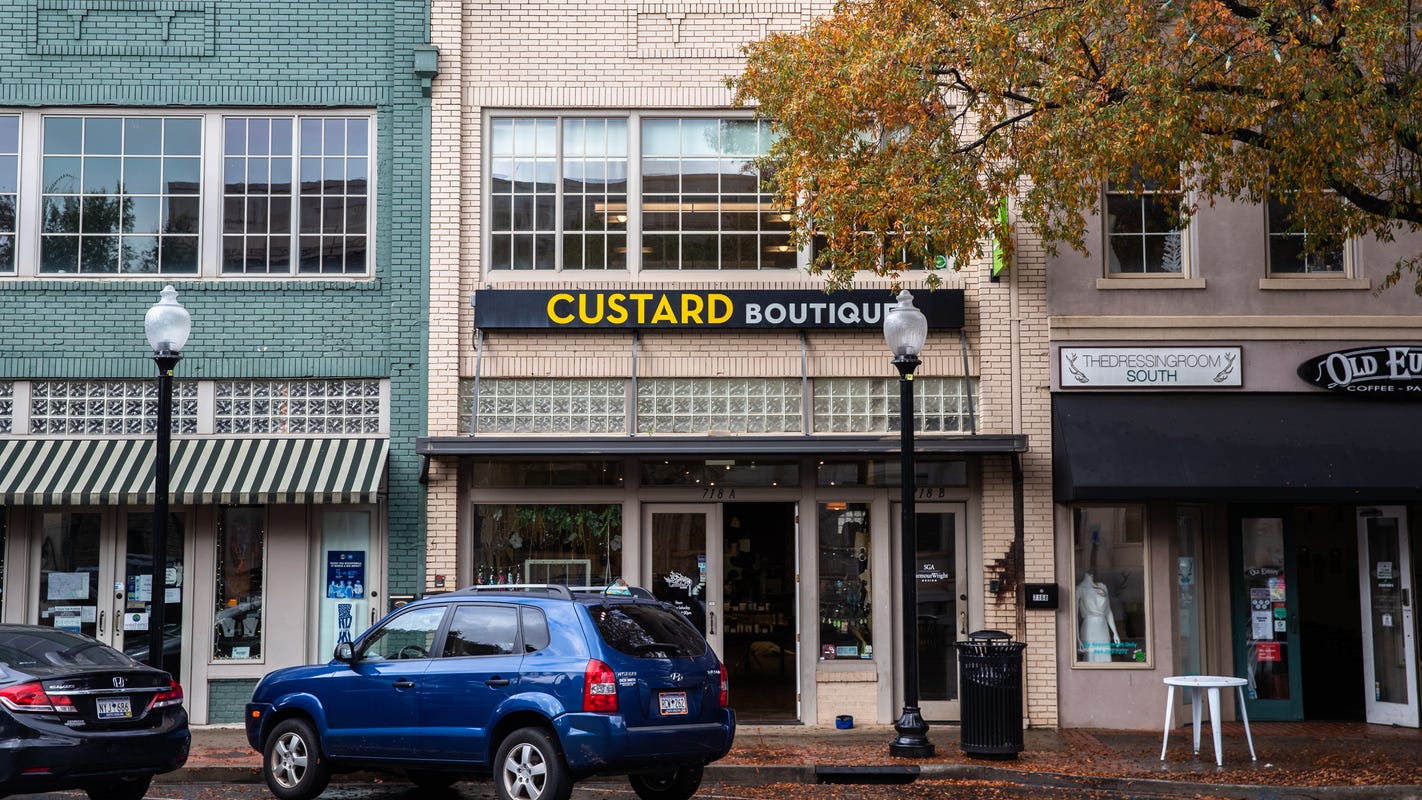After months of being confined indoors, Californians are eager for a vacation, and a month ago, Hawaii, which 2.6 million Californians visited last year, began allowing out-of-state visitors to bypass a mandatory 14-day quarantine if they tested negative for the coronavirus within 72 hours of arrival.
This change in regulations, which has drawn criticism from Hawaii’s mayors, has caused the state to have an influx of visitors. But mainlander travel to Hawaii puts Native Hawaiians at risk and is another example of how the Hawaiian people are routinely exploited in the name of economic and colonial interests.
Colonialism, defined as the subjugation and economic exploitation of one group of people by another, began in Hawaii in 1778 when Capt. James Cook “discovered” the islands. He was commissioned to find new territories to build wealth for the British Empire, and this came at the expense of the Hawaiian people: Disease decimated the population, the land was sold to white settlers and cultural practices were condemned as “savage” and outlawed.
In their quest to consolidate political and economic power, white businessmen colluded with the US to illegally overthrow the sovereign Hawaiian Kingdom in 1893. The US government has acknowledged that Native Hawaiians have been deprived of our rights to self-determination and never directly relinquished our sovereignty or lands. These events may sound distant, but my father was born before Hawaii became a state in 1959.
Colonialism continues to manifest in Hawaii through tourism. Just seven years after statehood, the number of visitors had doubled, catalyzing a shift in the economy from sugar to tourism. This tourism industry is built on a carefully constructed fantasy of our culture, land and people that explicitly appeals to white tourists while ignoring the realities we face as Native Hawaiians.
Airlines, cruise ships and resorts all tout the exotic Hawaii vacation, where anyone can escape from reality, be “Hawaiian” and partake in the “aloha spirit.” In actuality, tourists are buying only a parody — a gross perversion of meaningful and complex cultural practices, neatly packaged and available for purchase at your hotel gift shop.
This parody sells, to the tune of nearly $18 billion a year, much of which does not stay in the state but instead goes to large companies with headquarters in the mainland US and overseas. Decades of selling this fantasy have resulted in a crippling dependence upon tourism revenue, which leaves many Hawaiians struggling to make ends meet.
Tourism during the coronavirus pandemic is now the ultimate threat to Native Hawaiians. The tourism industry has been built on the Hawaiian fantasy, which has compounded historical suppression and led to systematic inequality for Native Hawaiian and Pacific Islanders, who overall have poorer health, less access to health care, live in higher density housing and are more likely to be in the service industry.
This means that when pandemic-fatigued tourists inevitably bring the coronavirus to Hawaii, Native Hawaiians will be more likely to contract the virus and experience severe infections. Additionally, the state is not prepared to handle a surge in coronavirus cases, in part because of the lack of contact tracing and an overwhelmed Department of Health.
While the state initially anticipated 5,000 to 8,000 passengers arriving per day, over 10,000 visitors arrived on the very first day. At this rate, if even one in 1,000 of those travelers have a false-negative test, that could mean roughly 300 additional cases per month, plus anyone they might infect. Keep in mind that this estimate does not include those tourists who contract the virus in the time between their test on the mainland and their arrival in Hawaii.
As tourism continues to increase, Hawaii is all but guaranteed to see a surge in cases of COVID-19, which will overload its resource-limited medical system, especially as mainland cases reach unprecedented levels. Many Native Hawaiians living on the mainland, like myself, have not gone home in months for fear of endangering our families, while carefree tourists have still been traipsing around on vacation. In the first four days of the program’s launch, police issued 4,500 warnings and 470 citations to tourists for violating COVID-19 rules.
While an escape from reality is tempting, visiting Hawaii during this pandemic continues this colonial history that prioritizes the economic interests of mainlanders over the well-being of Native Hawaiians. If you are thinking about visiting Hawaii any time soon: Don’t.
Trust me, your vacation can wait.
Anela Akiona is originally from Waimanalo, Hawaii. She is a student at Scripps Institution of Oceanography at UC San Diego and lives in La Jolla.

